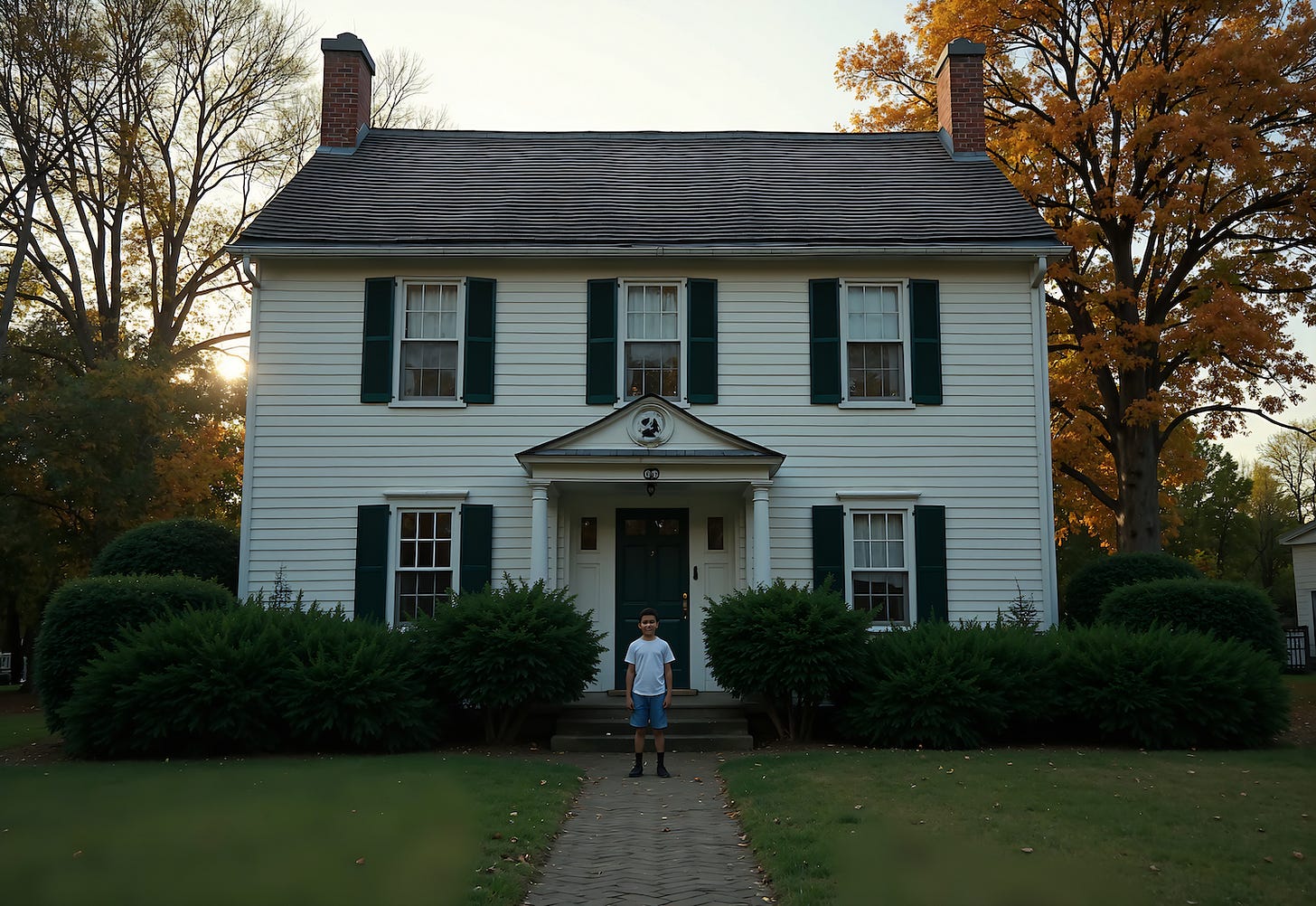Stopping Generational Trauma: A Comparative Essay on URevolution’s PTSD Narratives
URevolution’s collection of trauma-focused essays offers a compelling blend of personal storytelling, educational content, and systemic critique that sheds light on the enduring scars of childhood trauma. This essay examines three URevolution articles—“PTSD from sexual abuse: what is going on?”, “PTSD Thoughts and Suppressed Childhood Trauma”, and “How to Explain Complex PTSD Clearly (+ Examples)”—through both a narrative and academic lens, while drawing on Lenore Terr’s foundational paper, Childhood Traumas: An Outline and Overview
Personal Stories as Vessels for Collective Healing
The articles from URevolution are deeply personal and often painful reflections, yet they transcend individual experiences to touch on broader cultural and psychological truths.
In “PTSD from sexual abuse: what is going on?”, the author unpacks the long shadow cast by early sexual trauma, highlighting the delayed symptoms, the complex interplay between memory and repression, and the necessity of safe spaces for survivors to process their experiences. It illustrates how trauma becomes lodged in the body and mind, often emerging in adulthood as hypervigilance, shame, or panic.
By contrast, “PTSD Thoughts and Suppressed Childhood Trauma” is more fragmented and introspective, using metaphor and sensory detail to evoke the haunting recurrence of suppressed memories. The article reads like a journal entry, mirroring the disorientation that often accompanies resurfacing trauma. It is an evocative piece that asks readers to sit with discomfort and ambiguity—a brave act in itself.
“How to Explain Complex PTSD Clearly (+ Examples)” stands out as an educational guide for allies and loved ones. It breaks down Complex PTSD (C-PTSD) into digestible elements, combining anecdotal examples with clear, empathetic definitions. This piece fulfills a unique role by demystifying the condition and making it more accessible to those outside the trauma-informed community.
Academic Insights: A Framework from Lenore Terr
To place these narratives within a clinical context, Lenore Terr’s 2003 publication, Childhood Traumas: An Outline and Overview, provides a vital theoretical backbone. Terr classifies childhood trauma into two types:
Type I trauma: Single, sudden events that are vividly remembered.
Type II trauma: Chronic, prolonged exposure to trauma that often results in dissociation, rage, and numbing.
All three URevolution articles map closely to Terr’s framework. The first and second essays clearly fall into the Type II category. Both explore trauma that is cumulative and deeply embedded—whether through sustained abuse or suppressed memories. The third article bridges both types, contextualizing C-PTSD as often arising from repeated exposure (Type II) but also acknowledging that a single significant trauma can lead to lasting damage when unaddressed.
Terr’s identification of four hallmark characteristics of childhood trauma—intrusive memories, repetitive behaviors, trauma-specific fears, and altered worldview—are woven throughout these essays. In the second article, intrusive thoughts are likened to “shadows,” haunting the narrator’s daily life. In the first, the trauma-specific fear manifests as a need for control and hyperawareness. And in the third, the altered worldview is described as a pervasive sense of being fundamentally unsafe.
From Awareness to Action: Stopping Generational Trauma
These essays do more than illuminate personal pain—they call readers toward stopping generational trauma. The concept of generational trauma—where unresolved trauma is passed from parent to child—resonates deeply across all three texts. In each, the authors underscore how trauma reshapes identity, behaviors, and relationships, often without conscious awareness.
What makes URevolution’s approach powerful is that it does not stop at exposure. Instead, it advocates for education, compassion, and visibility as tools for breaking cycles. By naming what was once unspeakable, and offering frameworks for understanding, these essays collectively work to deconstruct the silence that sustains generational pain.
Conclusion: Toward Trauma-Informed Futures
Together, the URevolution articles serve as personal testaments and public resources. They speak to survivors directly but also to friends, partners, and professionals who seek to understand trauma’s legacy. When paired with academic insights like those from Lenore Terr, the pieces reveal how essential it is to recognize, validate, and address trauma in all its complexity.
Healing, as these authors suggest, is rarely linear. But through storytelling, psychoeducation, and acknowledgment of systemic harm, there is hope. And in that hope lies the possibility of stopping generational trauma—one voice, one memory, and one act of radical empathy at a time.
References:
Terr, Lenore C. (2003). Childhood Traumas: An Outline and Overview. Focus: The Journal of Lifelong Learning in Psychiatry.
“PTSD from sexual abuse: what is going on?” URevolution. https://www.urevolution.com/blogs/magazine/ptsd-from-sexual-abuse
“PTSD Thoughts and Suppressed Childhood Trauma.” URevolution. https://www.urevolution.com/blogs/magazine/ptsd-thoughts-like-shadows
“How to Explain Complex PTSD Clearly (+ Examples).” URevolution. https://www.urevolution.com/blogs/magazine/how-to-explain-complex-ptsd-to-someone-who-doesnt-have-it






